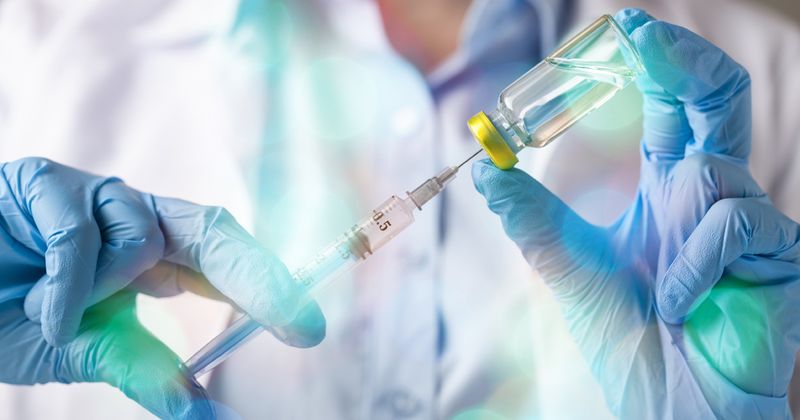PRP yielded similar results as placebo in patients with greater trochanteric pain syndrome
Key takeaways:
- PRP injections yielded similar outcomes as placebo injections for patients with greater trochanteric pain syndrome.
- Researchers do not recommend the routine use of PRP for greater trochanteric pain syndrome.
Compared with a placebo injection, platelet-rich plasma injections yielded similar outcomes at 1 year for patients with greater trochanteric pain syndrome caused by either bursitis or gluteal tendinopathy, according to published results.
“Greater trochanteric pain syndrome (GTPS) is a painful condition characterized by pain around the lateral aspect of the hip that usually affects middle-aged women,” Ismael Atchia, MBBS, MD, FRCP, associate clinical lecturer at Northumbria Healthcare NHS Foundation Trust in the United Kingdom, and colleagues wrote in the study. “We demonstrated that leukocyte-rich platelet-rich plasma (LR-PRP) injection for refractory GTPS does not lead to superior clinical outcomes compared with a placebo injection.”

Atchia and colleagues performed a double-blinded randomized controlled trial of 79 patients (mean age, 57 years) with a chronic history of GTPS caused by either bursitis or gluteal tendinopathy. According to the study, 73 patients were women.
Atchia and colleagues randomly assigned 39 patients to receive a single ultrasound-guided injection of 4 mL of LR-PRP and 40 patients to receive a placebo injection of 4 mL of 0.9% saline solution.
Outcomes included the International Hip Outcome Tool-12 (iHOT-12), VAS pain score, modified Harris hip score, EuroQol 5-Dimensions questionnaire and complications at 3-month, 6-month and 1-year follow-ups. Full 1-year follow-up was available for 35 patients in the LR-PRP group and 34 patients in the placebo group.
Atchia and colleagues found the LR-PRP group and the placebo group had similar clinical improvements from baseline to 1 year, with no significant differences at any follow-up timepoint.
For the LR-PRP group, mean iHOT-12 score at 1 year was decreased compared with the baseline score; EQ-5D index did not improve by 3 months or 6 months compared with baseline and EQ-5D VAS was decreased at all follow-up timepoints compared with baseline. Atchia and colleagues noted any differences between the groups were not statistically significant.
“The natural history, the home exercises program provided to both groups and the placebo effect of the intervention could all explain the decreases in pain intensity in both arms of the trial,” Atchia and colleagues wrote. “Based on this randomized trial, we do not recommend the routine use of LR-PRP for the treatment of refractory GTPS.”
